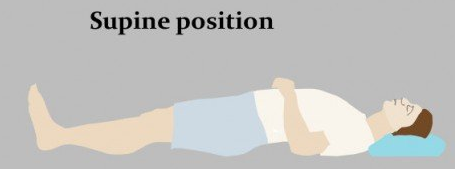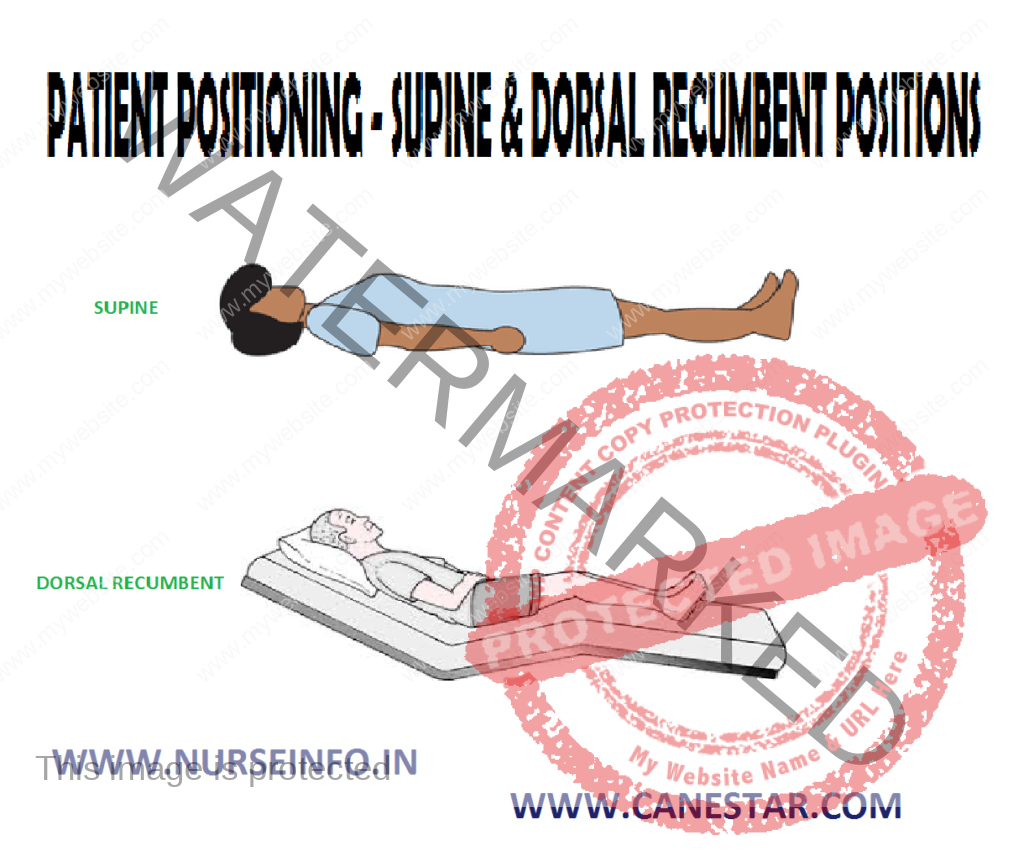

018) were significantly higher in the prone position.Ĭonclusion: The prone position provides high and stable oxygen saturation for preterm newborns who receive respiratory support.Ĭite this article as: Beşiktaş S, Efe E. It was determined that the mean oxygen saturation levels of premature newborns with nasal continuous positive airway pressure (CPAP) at the 60th minute (P =. There was no statistically significant difference between the mean values of heart rate according to the positions (P >. The difference between the mean oxygen saturation values of preterm newborns at the 105th minute, according to the positions, was found to be significantly higher in the prone position (P =.


Results: The 2 groups were determined to be similar in terms of descriptive and clinical variables. The physiological parameters (oxygen saturation and heart rate) of preterm newborns was evaluated every 15 minutes in 2 hours after positioning for both groups. Nineteen newborns in group 2 (Prone/Supine (P/S)) were first started in the prone position and were then placed in the supine position. Nineteen newborns in group 1 (Supine/Prone (S/P)) were first started in the supine position, and then placed in the prone position. Garner’s Modern English Usage provides a notable example from the Heaven’s Gate incident in 1997, where an officer mistakenly. But if our face is up and with our backs to the ground, it’s called a supine position. Preterm infants were divided into 2 groups by randomization. If we’re lying down with our face to the ground, it’s called the prone or prostrate position. Material and Methods: This was an experimental, randomized controlled trial. The aim of this study was to determine the effect of prone and supine positions on the oxygen saturation and heart rate of preterm newborns receiving respiratory support. Objective: Therapeutic positions are widely used in preterm newborns in the neonatal intensive care unit (NICU).


 0 kommentar(er)
0 kommentar(er)
